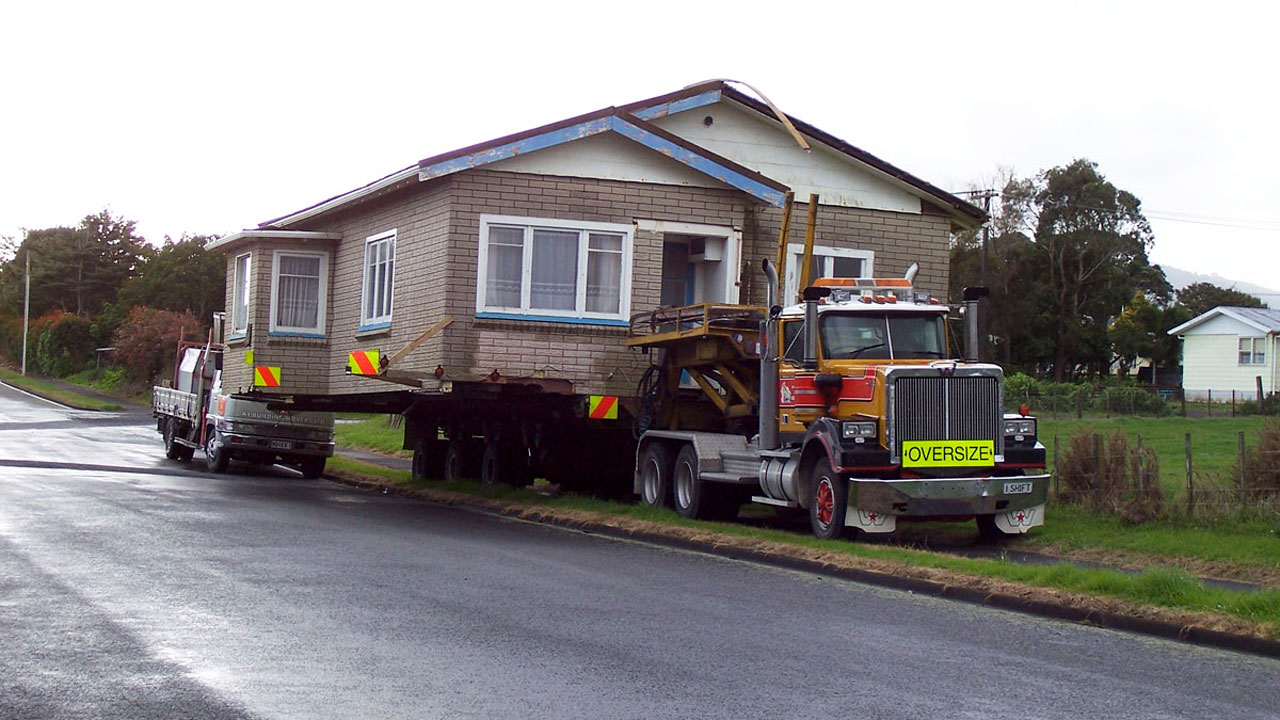Day 28 - 30 Days on the Oracle Cloud

With only three days remaining for my 30-day trial, I will finally close these series by discussing my experiences dealing with various levels of support from Oracle. Having used the Oracle Cloud (OCI) both in my day job and as a technology evangelist, I have had the opportunity to engage Oracle support at various levels: sales, customer and technical.












